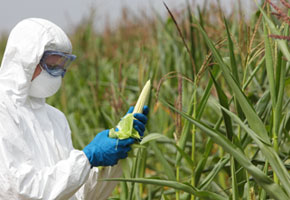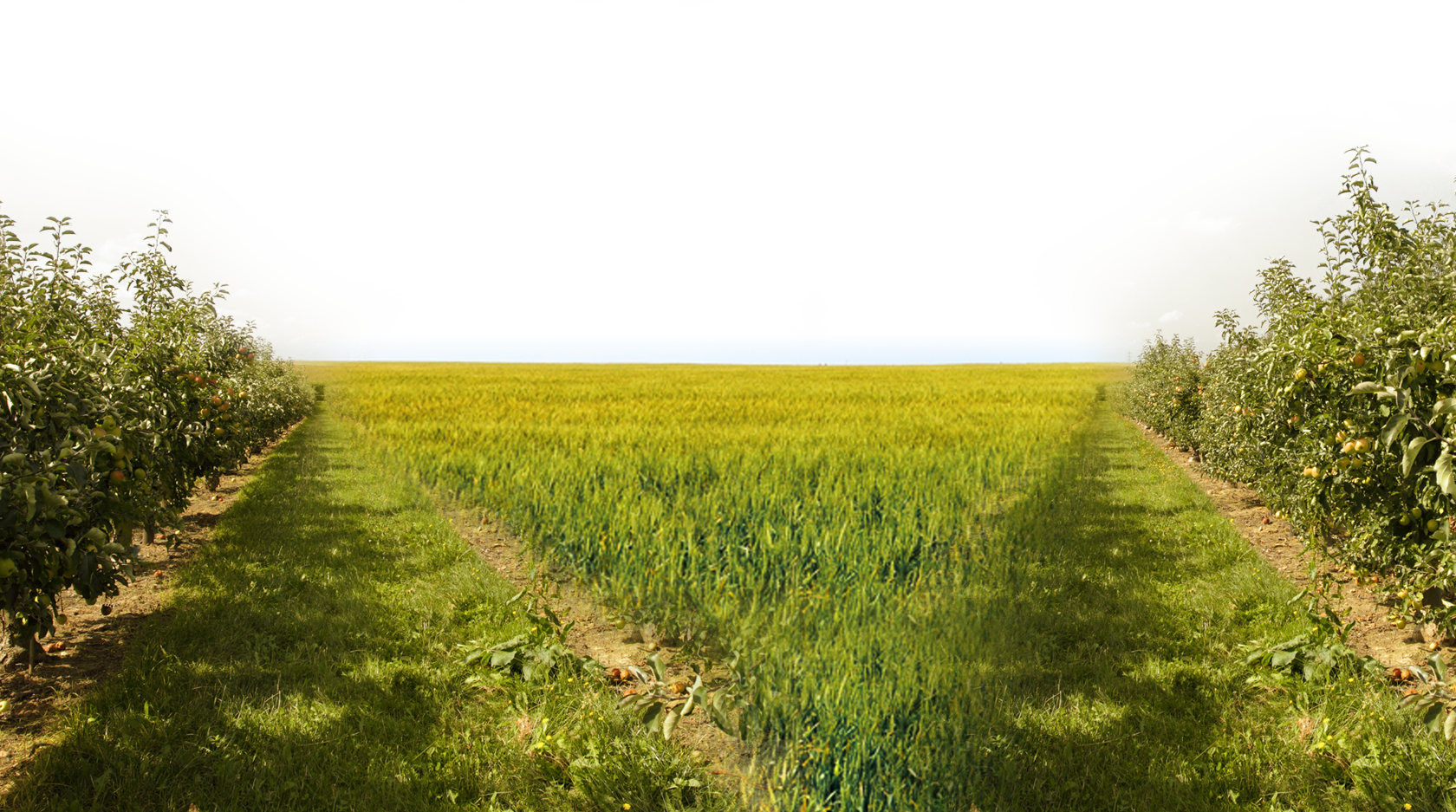
Two, Two, Two Killers in One
By Dave Carter | 2 Comments | Posted 08/19/2014
Okay, I’ll show my age by admitting that I can clearly recall the old Certs ads boasting about “Two, two, two mints in one.”
It was probably the bikini-clad models, rather than the mints, that burned those ads into my teenage mind, but the ads were effective. The memory of those ads came bouncing back last week as I read through some of the farm media covering the latest emerging development in weed control.
Glyphosate, when it was introduced under the brand name Roundup® in the late 1970’s, was considered the silver bullet of weed control. Virtually nothing could survive its deadly spray, but the chemical broke down fairly quickly after application. The only problem was that Roundup was toxic to crops like corn and soybeans. Farmers had to spray their fields with Roundup first, and plant their crops later. A few years later, Monsanto, the maker of Roundup, cracked the code and created Roundup-resistant genetically modified strains of corn, soybeans, and other crops.
Nirvana had arrived for conventional agriculture. Or so it seemed. The wonder-chemical, glyphosate, isn’t quite doing the weed-killing job it once did. It’s not as though farmers haven’t tried. After all, 185 million lbs. of glyphosate were sprayed on weeds in 2007, almost double the use from the previous six years. And the use of glyphosate has probably doubled again since 2007.
Glysophate absolutely, positively kills all weeds, except for the rare few mutants that are genetically resistant to glyphosate. In recent years, these so-called super weeds have been multiplying and invading more and more farmland. Now, the chemical companies think they have a solution: simply combine glyphosate with that time-trusted weed killer, 2,4-D.
The thought process here is that glyphosate will kill most of the weeds, with 2,4-D catching the ones that have become resistant. “If we don’t find completely novel and new herbicides, our next best bet is to mix glyphosate and another herbicide with relatively minor resistance problems,” one university weed scientist told the media recently. The only problem is that 2,4-D kills plants like corn and soybeans.
But wait! Through the miracle of biotechnology, new GMO strains of corn are being developed to resist both glyphosate and 2,4-D.
Nirvana could return, with farmers reaching for two, two, two poisons in one. It’s certainly going to take more than bikini-clad models to convince me that this one is not a stupid idea. The reality is that weeds, insects and other pests will continue to develop resistance to each new generation of pesticide, just as bacteria like streptococcus is developing a resistance to antibiotics because of its widespread use in agriculture.
Instead of searching for the next silver bullet to kill all of the pests, researchers need to focus on integrative management controls to keep those pests in balance with healthy plants, beneficial insects…and people.


 Contact us
Contact us




























2 Responses to Two, Two, Two Killers in One